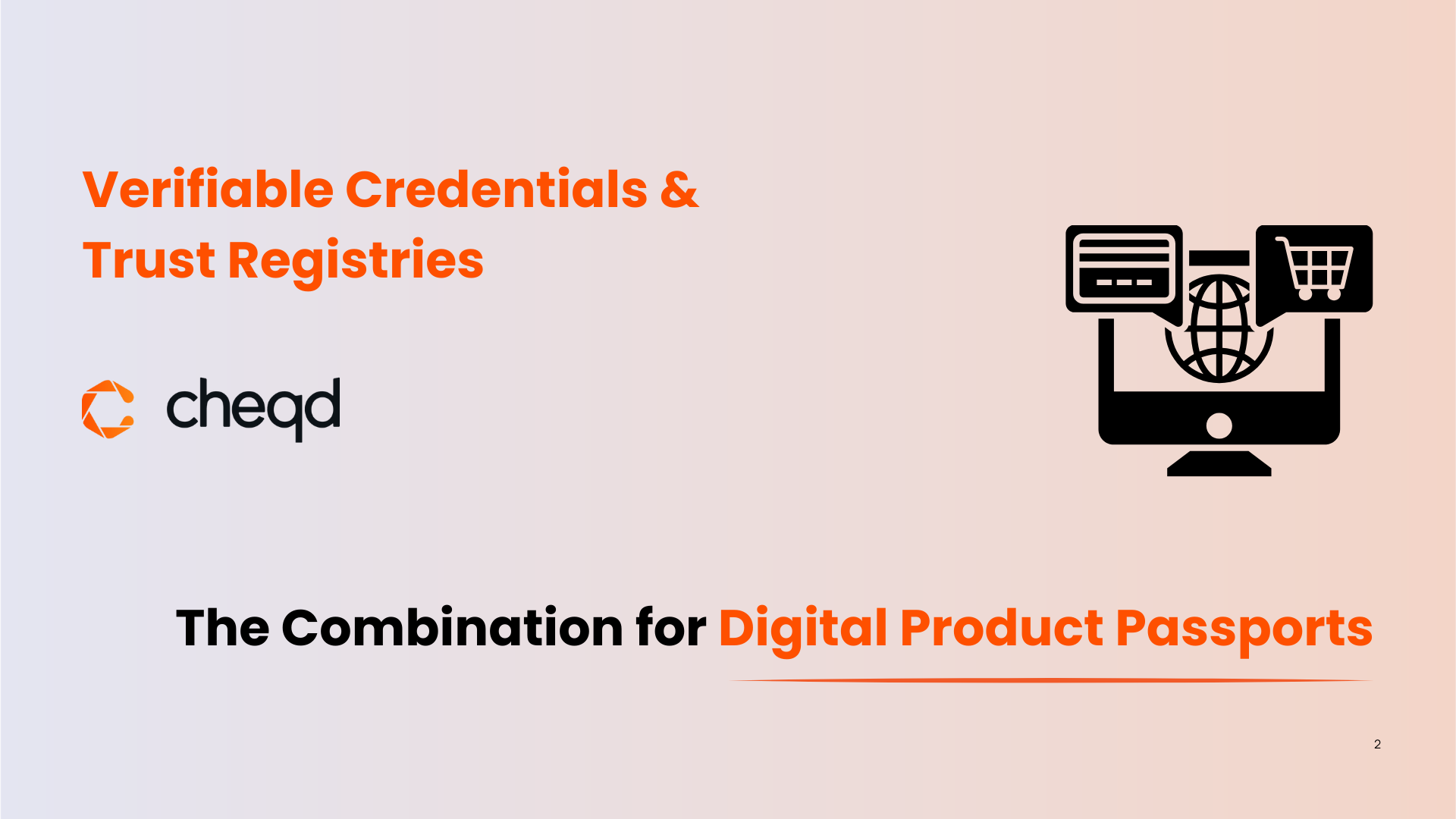Co-authored by Elina Yumasheva and Alex Tweeddale.
The metaverse is a new buzzword that has been doing the rounds, but what does it actually mean and how is it going to change everyday life? Besides an exciting front side of virtual reality (VR) element that everybody could at least vaguely relate to, there are a lot of other interesting developments, particularly around the digital economy and trusted interactions enabled through digital and self-sovereign identity (SSI). In this blog, we explore the symbiosis of the two hottest technologies – metaverse and self-sovereign identity – and how they fit within Web 3.0.
Let’s define what metaverse is first
Originated from Neal Stephenson’s sci-fi novel Snow Crash in 1992, metaverse “refers to a convergence of physical, augmented, and virtual reality in a shared online space”.
We recently came across the below graphic, which explains what a metaverse is in quite simple terms.
Is my project a metaverse?

The metaverse is a concept that goes beyond the current paradigm for gametech or social media. It is more about replicating the physical world in the digital context and enabling similar interactions to what we experience in our day-to-day lives.
However, anyone who thinks of the metaverse as a new concept, or something that warrants serious professional coverage, doesn’t truly understand what it represents. The metaverse is at its heart, the vision of cyberpunks to remove themselves from the corporate, materialistic world; and replace it with a safer space, for any type of person to thrive, and live a second, digital life. The metaverse represents the antithesis of a revenue opportunity, the opposite of media coverage.
Metaverse and Web 3.0
Lawrence Lessig, in his book Code 2.0 (2006), began laying the foundation of what the metaverse consists of. In this instance, he called it ‘cyberspace’. He begins by comparing it (Web 3.0) to the internet or (Web 2.0).
What does Lessig refer to as the internet (Web 2.0)?
“The Internet is a medium of communication. People do things “on” the Internet. Most of those things are trivial, even if important. People pay bills on the Internet, they make reservations at restaurants. They get their news from the Internet. They send news to family members using e-mail or IM chat. These uses are important in the sense that they affect the economy and make life easier and harder for those using the Internet. But they’re not important in the sense that they change how people live.”
What does Lessig refer to as cyberspace (Metaverse and Web 3.0)?
“Cyberspace, by contrast, is not just about making life easier. It is about making life different, or perhaps better. It is about making a different (or second) life. It evokes, or calls to life, ways of interacting that were not possible before. I don’t mean that the interaction is new—we’ve always had communities; these communities have always produced something close to what I will describe cyberspace to have produced. But these cyberspace communities create a difference in degree that has matured into a difference in kind. There is something unique about the interactions in these spaces, and something especially unique about how they are regulated. Life in cyberspace is regulated primarily through the code of cyberspace.”
This distinction hits the core of what a metaverse intends to be. It is a new way of interacting and forming communities in digital spaces. And this concept overlaps heavily with a more familiar concept of gametech, which can be used to facilitate social activities as well as economies in the metaverse.
Digital identity in the metaverse
When people conceptualise the metaverse, they tend to think of a digital video game, with assets and avatars from different titles blended into one community space. And largely, gaming will be a large part of the metaverse, but the real innovation comes in how these gaming elements, avatars, people, items and environments come together.
Whether within the gaming industry or beyond, verified and interoperable data will be paramountly important in the metaverse. This can apply on many levels – from original identity verification, when somebody just creates a user profile (not very different to the existing processes), to endless transactions within the metaverse, such as the ability to move your avatar or digital objects/assets from one dimension of a metaverse to another.
Authentic data ‘Credentials’ could tie in verified records of the players’ accomplishments in a game, giving that player a permanent, verifiable copy of their in-game accomplishments and rank which they can carry with them on their metaverse journey. We believe the addition of Verifiable Credentials to establish trust in avatars, profiles and in-game items will become an essential piece of the metaverse toolbox.
The metaverse is like concept art, it’s easy to visualise, but it isn’t going to materialise overnight; rather it will take a transition process with many participants developing exclusive or integrating its elements in their offerings over time. This makes it by its very essence a very decentralised concept. Therefore, and in line with the Web 3.0 vision, its requirement for identity verification and trusted data elements should also be fully decentralised.
Self-sovereign identity is an emerging concept that centres the control of information around the user, which in the context of the metaverse, makes it something more desirable than the way data is currently stored. SSI has the potential to solve data security and privacy issues, as it removes the need to store personal information on a central database, and gives individuals control over what information they store and share. This level of verified, and decentralised trust, will be essential in combining data elements together for a unified and open metaverse.
The metaverse is something to seriously take note of, but one needs to understand its roots and what it stands for. It’s about privacy, control, openness and interoperability. The metaverse needs to be designed on open standards – with SSI and verifiable credentials hopefully playing a pivotal role here.






